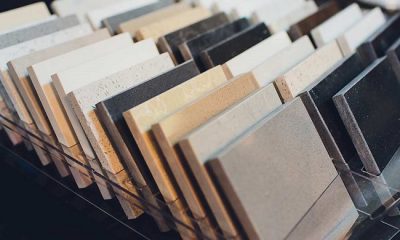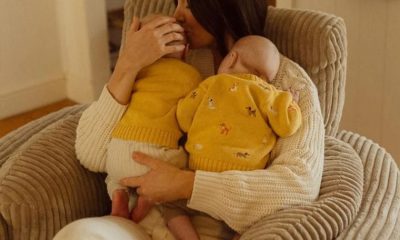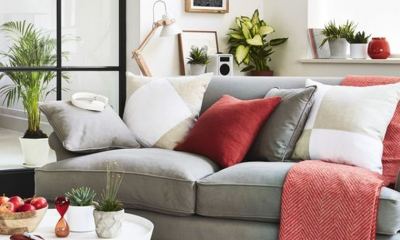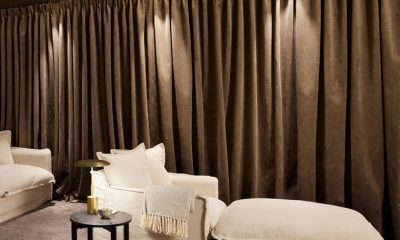Home Decor
Quilt Cover Buying Guide: Benefits of Higher Thread Count
You know those days when you just don’t feel like getting out of bed? It’s just too comfortable to move. The days when you don’t have to leave your bed are the best ones and no one can convince me otherwise. It kind of comes as a blessing in disguise during this pesky pandemic because we’re literally laying in bed all day long. I’ve gotten so used to not taking my pyjamas off in the morning and getting dressed that I’m scared I won’t know how to function when things start to open up again.
My main point here is that my bed is my safe place. Nothing compares to wrapping yourself up in a warm blanket and laying down on a comfy pillow. This is exactly why it’s important to pay close attention to the type and design of your bedding. I offer you a humble suggestion – get an extra soft quilt cover. You might not think you need one but trust me, it’s the most wonderful thing to have on your bed. Here’s what you need to know.
What’s a Quilt Cover?
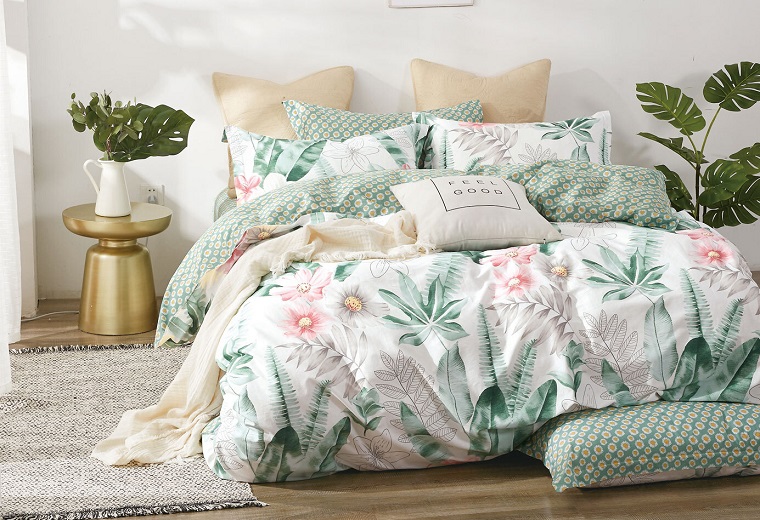
As the name suggests, it’s basically a cover for a tour quilt – in the same way a pillowcase covers a pillow. Quilt covers are quite popular because of their versatility and ease of use – you can just slip on the cover on top of your quilt and you’re good to go. The cover serves as a protective layer for your quilt and allows you to combine different designs and patterns with your bedsheets. The covers can be conveniently thrown into the washing machine so cleaning and maintenance aren’t an issue. My advice is to have several different types of quilt covers so you can easily replace the old ones. In this way, you’ll instantly freshen up your bedroom and add something new. Change isn’t always bad, am I right?
What Are the Different Quilt Cover Materials?
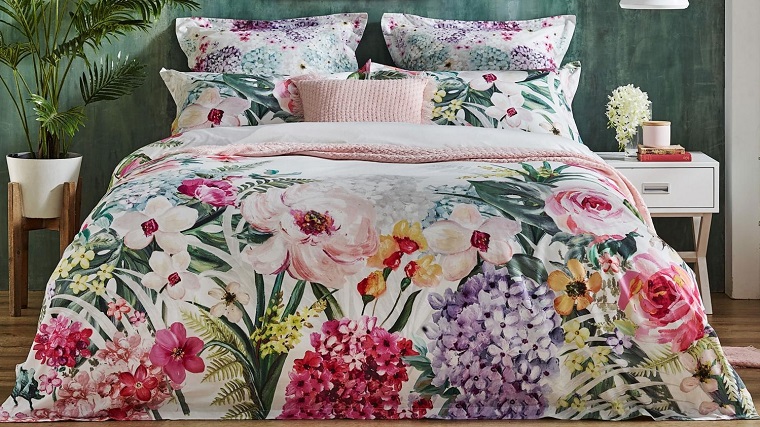
Quilt covers are made using a range of materials and each one has its own benefits. Let’s dive into what makes each type so special.
Cotton Covers
This is perhaps the most popular solution because cotton is extremely light, breathable and hypoallergenic. They can be very beneficial for those who deal with allergies and sensitive skin. Despite its soft and cosy feel, cotton is incredibly durable and long-lasting so you’ll probably use it for quite some time.
Polyester Covers
This type of fabric is easier to maintain since it’s resistant to wrinkles and fading with extended use. It’s also fairly inexpensive when compared to the alternatives. Unfortunately, the downside is that it’s somewhat less breathable which means it doesn’t wick away moisture and humidity as easily as other materials. For this reason, you might sweat a bit more during warmer nights.
Linen Covers
Linen is a more luxurious material with a distinct, soft feel and appearance. It feels like heaven on your skin and keeps you warm in the winter yet cool in the summer. Fun fact, despite its fragile appearance, silk is almost twice as durable as cotton and wicks away sweat and moisture at a much faster rate. This means that no matter how much you toss and turn while sleeping, your quilt cover will remain intact.
Silk Covers
Many of you may not know but silk has quite a few dust-repelling properties so it’s highly appropriate for people who struggle with allergies. Its delicate features provide just the right amount of comfort and warmth for all weathers. However, some might say that silk is a little difficult to maintain since it can easily be stained and when that happens, dry-cleaning is recommended.
How Does the Thread Count Matter?
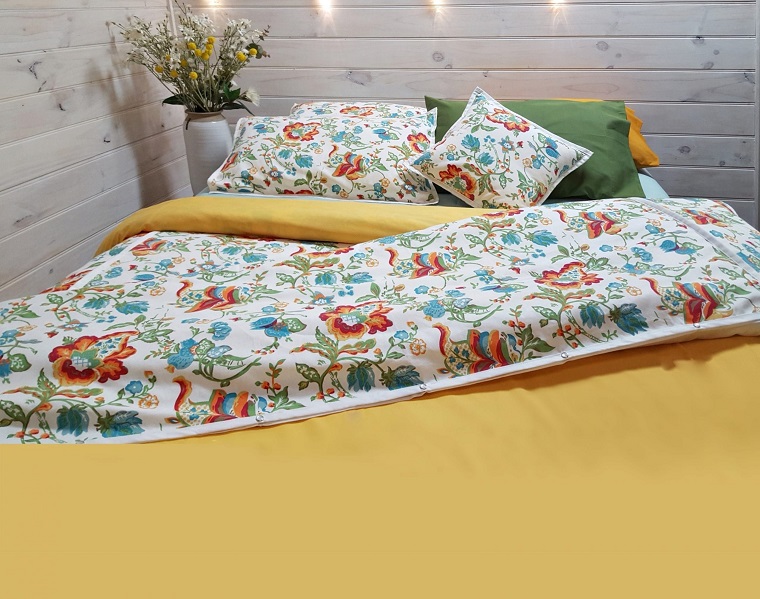
In a nutshell, a thread count refers to the number of horizontal and vertical threads per square inch of your cover. The math here is simple, the higher the thread count, the softer and cosier the fabric feels. Thread counts can range from 180 to 1000 per square inch, with high-end 1000 thread count quilt cover sets being the pinnacle of luxury and comfort. By increasing the thread count, the covers imminently become superior and more desirable by literally everyone.
The lowest rated thread counts, ranging from 120-180 threads are mainly used for decorative purposes, such as covering that extra bed in the spare bedroom so it doesn’t get dusty. This is because these types of fabrics are quite light and most people don’t consider them suitable for daily use. On the other side of the spectrum, the highest-rated 800-1000 thread count quilt cover sets are synonymous with pristine and high-quality bedding.
Sure, a 1000 thread quilt cover might be a little on the heavier side, but to me, that just adds an extra sense of security and support. Of course, this doesn’t mean that the material doesn’t let the air flow freely or that it feels suffocating in any way – it strikes the perfect balance between snug and airy that most people seem to desperately look for.
Once you’ve decided on the type of material, getting a few different quilt cover sets should be a breeze. Keep in mind the thread count of each set as you’re shopping because that single number can make a huge difference.
Key Considerations When Buying Quilt Covers
First and foremost, you need to decide on the size. The cover needs to match the size of your quilt so that it can fit inside properly. Otherwise, you’ll be stuck with a poorly executed bed cover. Next, see if the materials are washing machine friendly so that doing the washing-up doesn’t eventually become a nuisance. And last but not least, mix and match the designs appropriately – don’t go overboard with colours and patterns.
As a proud Pisces known for the selflessness, Olivia joined up the blog fascinated by the idea she can help readers with info on topics and their related benefits like health and beauty, travel, food and drinks. When not writing, she likes to call it a day reading comic books in the company of her Tonkinese cat Chatty or binge-watching The Big Bang Theory with her SO like the nerd she is.

